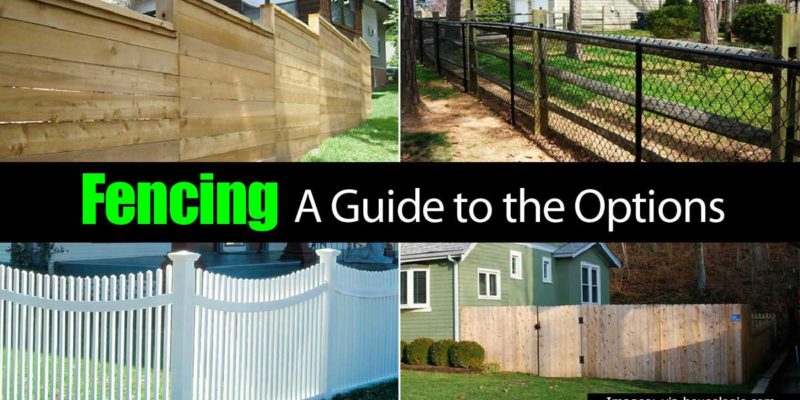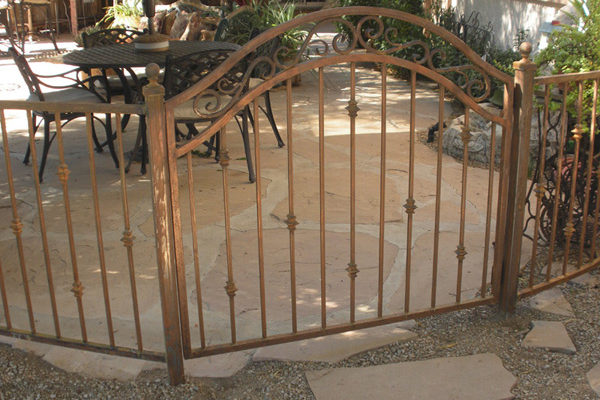When shopping for a fence, you need to consider everything from style to function to how much maintenance it’ll require.
If you want to block sight lines, you should go for a privacy fence with tightly spaced vertical boards.
Image: Liz Foreman for HouseLogic



